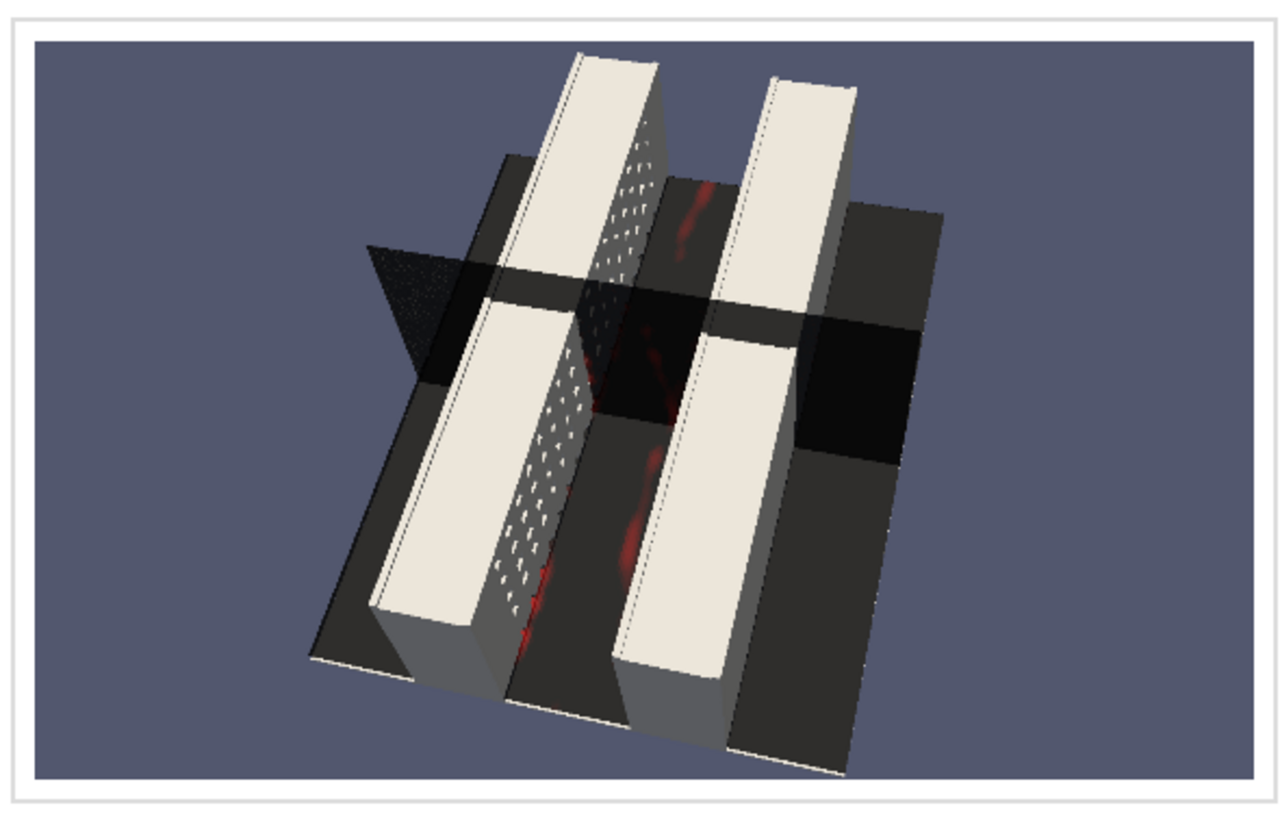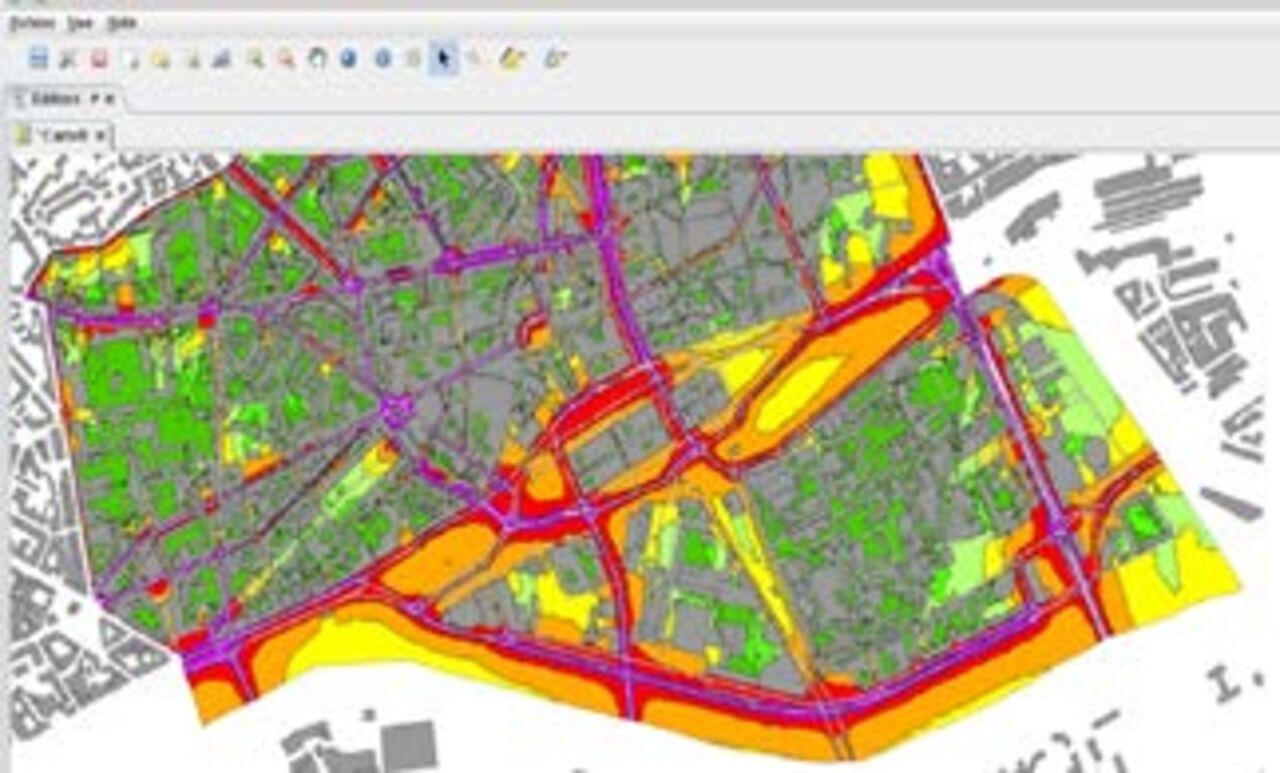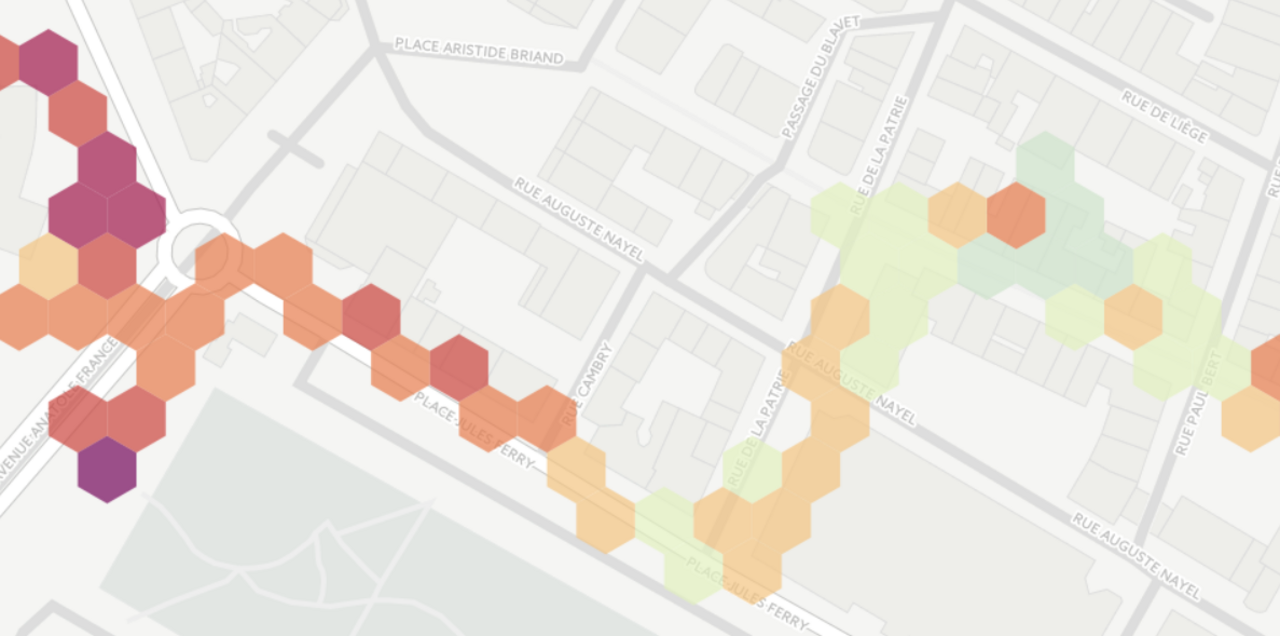In order to address increasing concerns, the challenge of assessing the nuisance impact on humans requires the development of a new generation of tools for the prediction of environmental noise.
The objective is to offer solutions which go far beyond current conventional tools, providing innovative features making the assessment of various trip management or scenarios easier, regarding their impact on sound environment. This includes the consideration of acoustic indicators for characterising sound environment.




